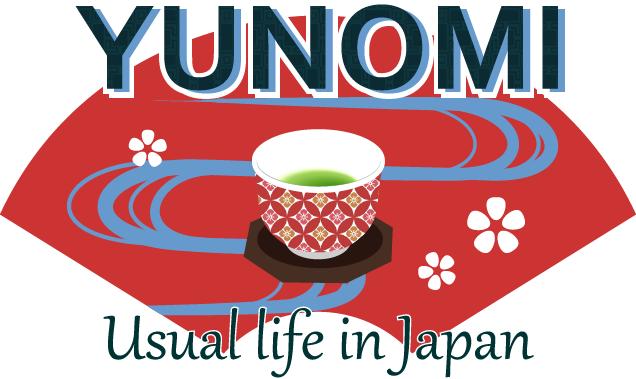-

-
Fruit Picking in Japan: Sweet Seasonal Adventures You Can Eat All You Want
Fruit picking in Japan isn’t just about eating fruit — it’s a seasonal tradition that connects people with nature, family, and food. From juicy strawberries in spring to crisp apples in autumn, every season brings a new flavor to discover. Agritourism in Japan Across Japan, farms open their gates to visitors for hands-on fruit-picking experiences. This form of agritourism has quietly existed for decades, long before the term became popular. Families, couples, and travelers visit the countryside to enjoy fruits fresh from the tree. How It Works Most farms charge a flat fee for “all-you-can-eat” fruit within a ...
-

-
Let's borrow books at the Library. Besides that it's free
If you want to take a walk or kill time and don’t want to spend money, library shall be the perfect destination; fully air-conditioned and full of books, magazines, CDs and DVDs from the latest to the classics. Every local government has several of the well-stocked libraries per district. You can visit there and just scan the latest materials at the site or if you prefer, you can borrow them for a specific period, most of the case for two weeks and extendable, as per stipulated at each facility, if you are resident of the district. This system has contributed ...
-
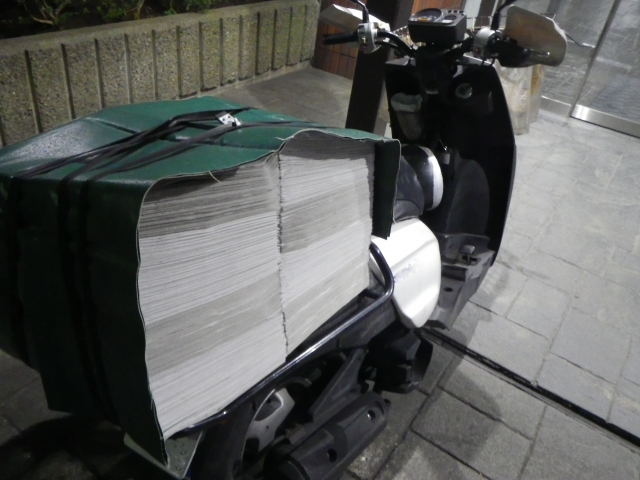
-
NewsPaper Delivery in Japan
Very early in the morning, much before dawn, you will hear the sound of motorbike going around the houses and apartments. They are ‘Shimbun haitatsu’ newspaper delivery. Although people who subscribe newspaper are decreasing than before, along with the spread of the internet that provides various information immediately, especially among young generation. Internet will update you per minutes. But newspaper delivery is still much alive. One way or another we must get things Win To combat with the internet news services, newspaper agents are very keen to keep up the number of subscription. They send salespersons occasionally to visit houses ...
-
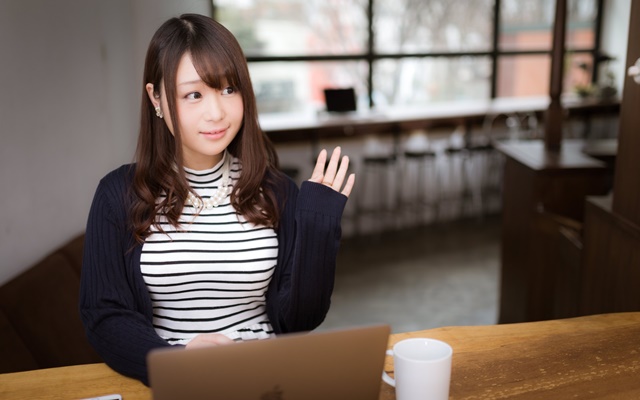
-
If you greet, the Japanese will be even more friendly to you
Konnnichiwa (hello) must be the most well-known Japanese greeting. ‘Konnichiwa’ will be used any time after ‘good morning’ time but before ‘good evening’ time. ‘Ohayo’ is good morning. Ohayo followed by ‘Gozaimasu’ (oayo gozaimasu) is the polite version. ‘Konbanwa’ (good evening) is the greeting used in the evening and afterwards. Greeting at Departure When you go out, anytime of a day, you will say to anyone you leave behind ‘Ittekimasu’ which literally means ‘I’m going’. You will be answered by ‘Itterasshai’, let’s say ‘Have a nice day’. When you are back, you are supposed to say ‘Tadaima’ toward anyone at ...
-
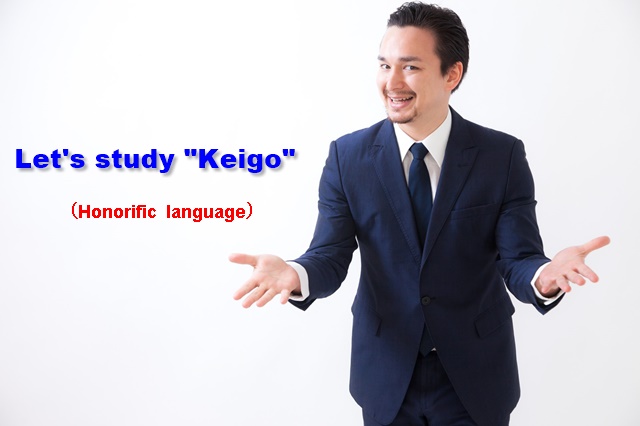
-
KEIGO: Let's learn how to talk politely in Japanese
Keigo is the honorific language in Japanese, which is one of the major categories that have to be mastered to be a proper Japanese speaker. Let’s start from a simple example. ‘Sushi’: the most famous Japanese dish actually is hardly called ‘sushi’ especially among ladies, and the people who want to use polite speech: it has to be called ‘O-sushi’. Prefix ‘O’ denotes politeness. ‘Cha’ (tea) will be called ‘O-cha’, ‘Hashi” (chopsticks) will be ‘O-hashi’, equally. "Go" & "o" But it’s a bit tricky. You can’t put ‘O’ to just anything, as it should be ‘GO’ in some cases like ...
-
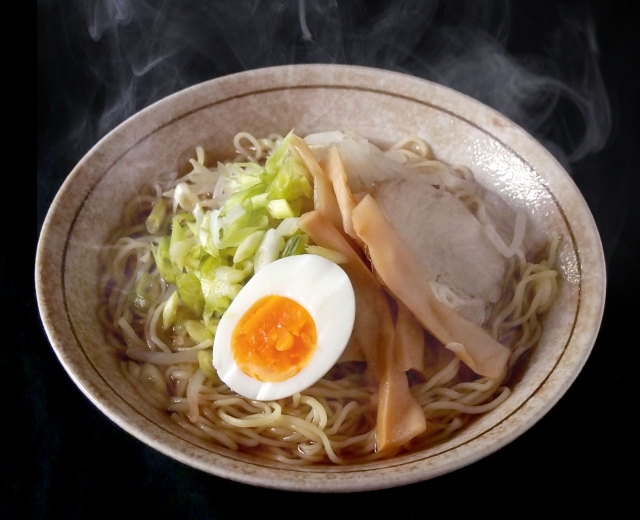
-
Japanese cannot live without Noodles.
Perhaps Japanese are known as the rice people. But noodles are one of their favorite that Japanese can’t really live without! One of the most popular noodles could be Ramen; yellowish egg noodle paired with pork and/or chicken hot broth. This is originally from China but it is deeply rooted into Japanese food culture. There are quite varieties in the type of noodle and soup. Ramen restaurants compete for the singular taste and style of ramen. Some regions of Japan have been known for their established style of ramen of their own. It’s worth traveling for the ramen exploration. ...
-

-
Slippers: Please take off your shoes at home in Japan
There are, in this world, several countries that have a culture to take off the shoes at the house entrance. Japan is definitely one of them. Japanese houses are made to separate strictly inside and outside. When you open the entrance door, there is an open space where you take off your shoes. The house floor is set approx. 10cm up to knee high raised from the entrance to allow very little chance that dirt reaches to the floor. That makes your feet feel completely clean and smooth on the floor. Even though, people wear slippers which are strictly for ...
-

-
Japanese Bath Culture: Relaxation, Ritual, and Everyday Life
In Japan, bathing is more than getting clean — it’s a daily ritual of resetting the mind and body. From steaming hot springs in the mountains to neighborhood public baths and quiet home tubs, bathing reflects Japan’s love of warmth, calm, and simple comfort. What Makes Japanese Bathing Unique Wash first, soak second: You always wash outside the tub, then enter the bath to relax. Hot but gentle: Typical bath temperature is around 40–42°C, warm enough to loosen the body without feeling harsh. Daily reset: Many people bathe at night to sleep better and “reset” for tomorrow. Seasonal joy: ...
-

-
Without knowing the anko, I can not talk about Japanese sweets.
Have you heard or tried Japanese red bean paste as known as ‘Anko’? Anko is definitely indispensable for Japanese confectionary. It is simple to say how to prepare anko; cook the red beans until soft and dense, sweetened with sugar. Then either strain them through a sieve to make smooth creamy paste which is called koshi-an, or just mash them to adapt its rough texture with the husks which is called tsubu-an, according to the type of confectionary or to your preference. That’s it. However, of course it needs some tips and skills to reach the professional standard. Anko has ...
-
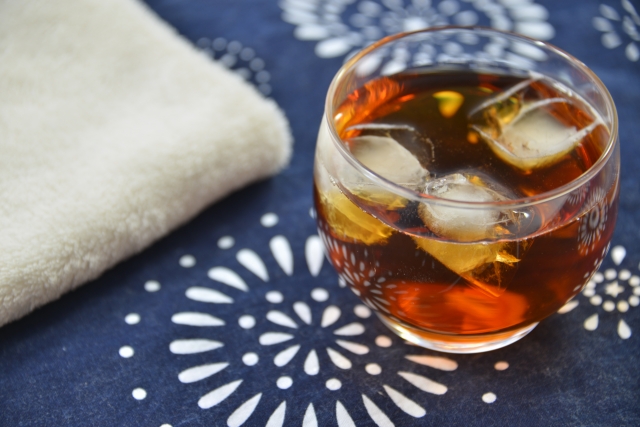
-
Mugicya is the most suitable drink for the summer
Probably, green tea is known as Japan’s most popular drink. However, ‘Mugicha’ is actually the most popular one during the summer seasons in Japan. Almost definitely, it will be found in everyone’s fridges. So what is Mugicha? Mugi-cha literally means ‘barley-tea’. To be qualified as the most popular drink, it is just simple to prepare; bring the water to boil then just add a cupful of whole roasted barley grains (mugi). Here’s the clear brown tea is done! Since it uses roasted barley, it’s caffeine-free. So it is a good drink for everyone from children to elders. Commonly, it is ...
